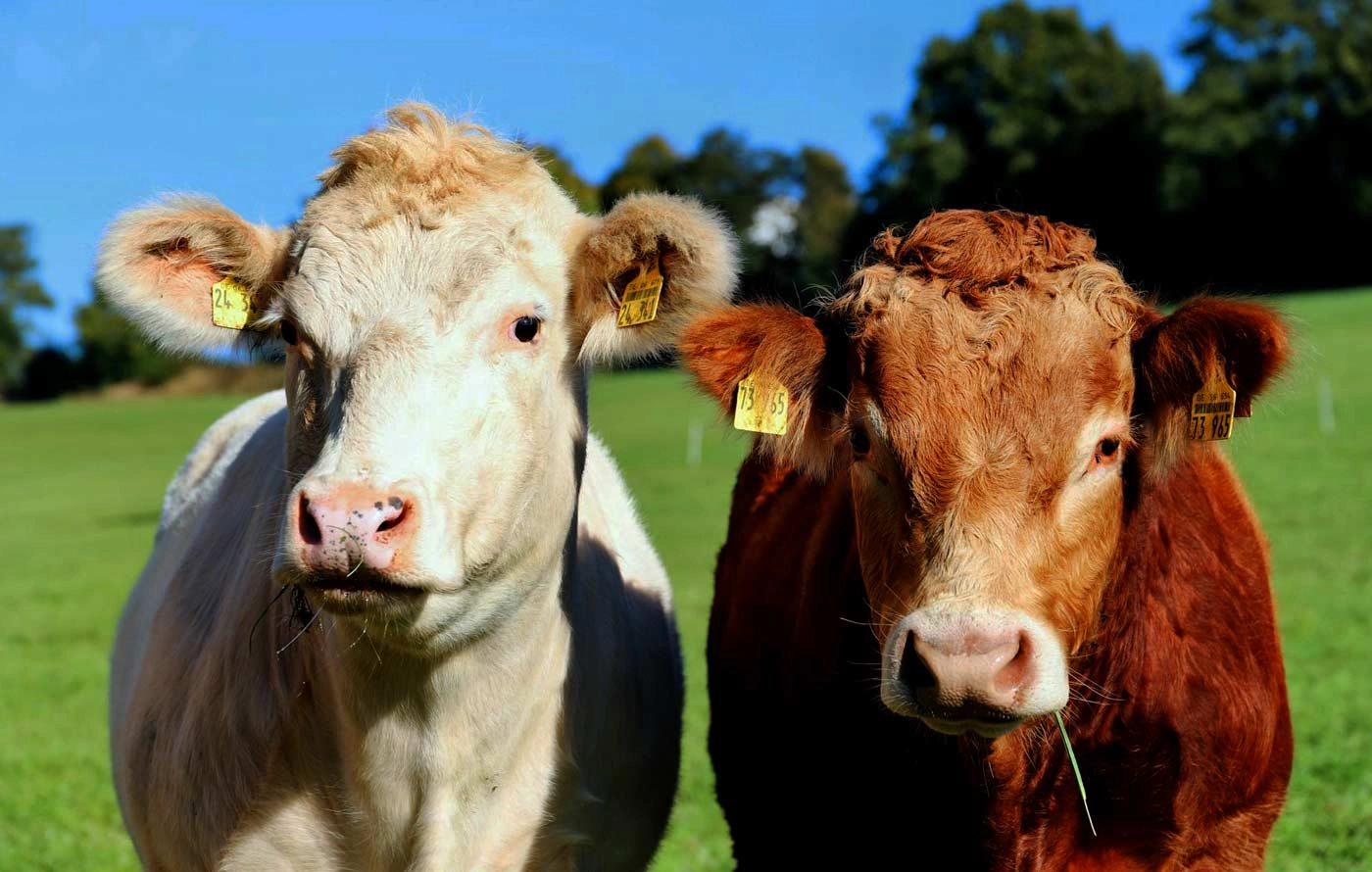Feeding Madeira: The Role of Local Livestock and CARAM
Due to its remote location and rugged terrain, Madeira has limited capacity for large-scale agricultural production, influencing its focus on meeting local needs. The island’s farming practices are tailored to serve its residents and the tourism sector, rather than engaging in extensive exports to other countries or the mainland.
Although there are some small exports, most of the meat and livestock stay on the island. This helps support the local economy and keep the food supply stable.
But where do Madeira’s animals, most notably cows that roam Madeira's plateaus and agricultural terraces as well as sheep, ultimately end their journey? It’s at CARAM - Centro de Abate. Find out everything you need to know about the company below.
CARAM - Centro de Abate da Região Autónoma da Madeira
CARAM is the primary slaughterhouse in Madeira. Established on March 14, 2006, CARAM operates under the legal framework of a public enterprise entity (EPERAM) and is located at Sítio dos Rochões, Santo António da Serra, Santa Cruz. CARAM is directly linked to the Regional Government of Madeira. It functions under the supervision of the regional authorities, aligning its operations with the government's policies.
CARAM location on Google Maps.
Annual Slaughter Statistics For 2023 and 2007
Comparing the numbers for 2023 published by DREM with the statistics published by CARAM indicates that basically all cattle and all sheeps are slaughtered at CARAM. In 2023, CARAM processed a total of 6,873 animals, primarily cows and pigs, which constitute the majority of the slaughtered animals. The breakdown of animals slaughtered in 2023:
Bovines (Cows): 3,818
Suínos (Pigs): 592
Leitões (Piglets): 558
Ovinos (Sheep): 161
Caprinos (Goats): 102
Cunídeos (Rabbits): 1,580
Interestingly, compared to the previous years, these numbers are in decline. See statistics for the year 2007:
Bovines (Cows): 7,094
Suínos (Pigs): 28,443
Leitões (Piglets): 1,761
Ovinos (Sheep): 143
Caprinos (Goats): 282
Cunídeos (Rabbits): 1,350
These figures suggest that meat is now primarily imported rather than being produced locally in Madeira. This shift is likely due to the island's limited capacity for large-scale, factory-style farming, which typically requires extensive infrastructure, resources, and land. As Madeira does not provide these facilities, local meat production, especially pork, has significantly declined.
CARAM Provides Further Related Services
In addition to processing the slaughter of animals as its core operations, CARAM provides a variety of additional services, including refrigeration, freezing, cutting, and storage of meat. The company also handles meat distribution and offers meat processing.
Financials & Employment
CARAM has a social capital of roughly €4,800,000 and according to their website, employs 44 people. It is currently facing financial difficulties, as it went through a capital increase to avoid non-compliance with payments. Their latest report further mentions:
For the 3rd quarter of 2024, the company reported a negative EBITDA of €157,470.99, indicating that the company’s operations are currently not generating sufficient earnings before interest, taxes, depreciation, and amortization. The Net Income for the Period is a loss of €286,881.53.
CARAM Budget Execution Report, September 2024








Comments